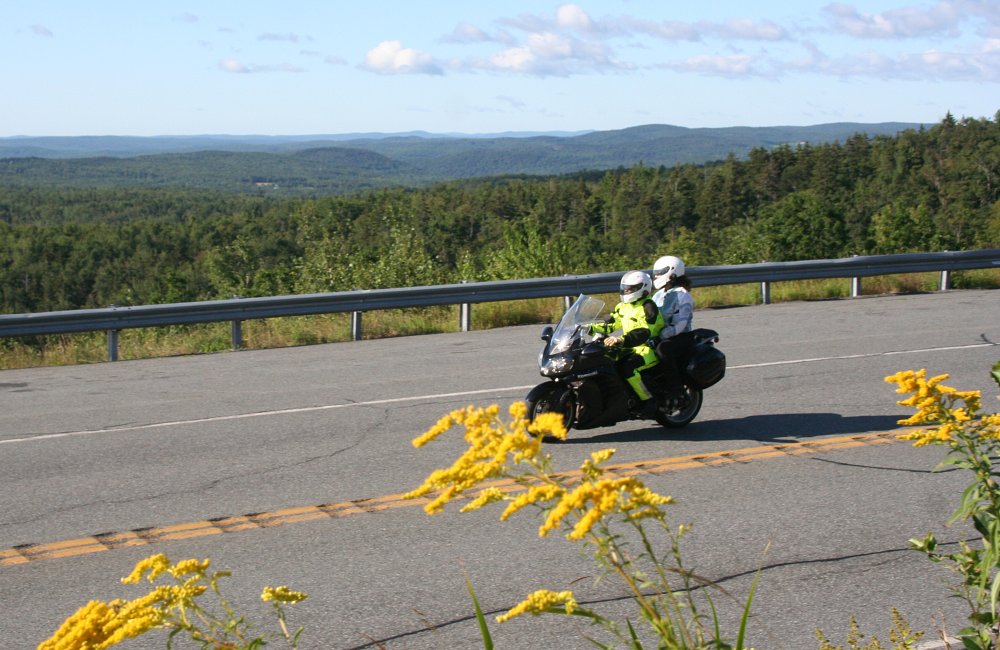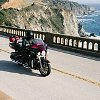Are you riding the “right” way?
The title of Ken Condon’s latest book, “Motorcycling the Right Way,” is a bit provocative. He addresses that in the book’s first sentence: “There is no single ‘right’ way to ride a motorcycle, but there sure are a lot of ‘wrong’ ways to ride a motorcycle.”

The book covers the basics for new or aspiring riders, such as street survival strategies, braking and shifting techniques, cornering and body position, and how your riding gear and motorcycle maintenance affect your safety. It also goes beyond those basics, with chapters on group riding, specific concerns for older and returning riders, and the benefits of off-road riding and track days.
Rather than attempt to summarize more than 200 pages of information and wisdom, I’m going to arbitrarily choose three of Condon’s points that struck me for three different reasons: one that’s fundamental, one that’s too rarely discussed, and one that’s often treated with less importance than it deserves.

Fundamental: Riding is mental
The first third of the book is not about the physical aspects of riding, but the mostly mental aspects of understanding, recognizing, predicting and managing the risks of street riding. Condon uses the example of the classic left-turning car pulling into your path. He breaks down all the elements that add up to determine whether you avoid the collision: proper position in the lane and in relation to other vehicles, recognizing the threat early, covering your brakes, rolling off the throttle, checking your mirror to avoid being hit from behind, and applying the brakes hard enough to stop in time without exceeding traction. Of all those, only the last one is physical skill. The others are all about making the right mental decisions.
A rider who has great physical riding skills but poor awareness on the street will sooner or later get into a situation where even his exceptional braking and cornering skills won’t be enough to save him from a crash. An aware street rider using all his mental skills to identify and predict hazards is less likely to need exceptional physical skills.

Overlooked: Dealing with crosswinds
Condon touches on just about every kind of hazard you might encounter in a street environment, from dogs that love to chase motorcycles to drunk drivers on a Friday night. (I enjoyed his story about how one time he tried to politely inform a late-night driver that his headlights weren’t on, and his gestures were interpreted in such a way that the inebriated driver got out of the car with a baseball bat and came after him.) But he also spends a few pages discussing a hazard that can be scary for any rider who hasn’t encountered it before or often: crosswinds and gusty winds. It seems to me to be a topic I don’t see explained a lot.
Crosswinds present a conundrum: Riding faster increases the stability of the motorcycle, meaning it is less deflected by a given amount of wind, but riding faster also gives you less time to react. Condon offers several pieces of advice for dealing with crosswinds and gusty winds. Predict gusts by noting windbreaks, whether those are large vehicles, roadside buildings, or emerging from a tunnel. While some bikes are more susceptible to crosswinds than others, due to size and shape, you can help by adopting a semi-tuck position. Stay loose and constantly adjust steering inputs to respond to the force of the wind. And Condon concludes in the end that it’s better to slow down a little and give yourself more time to react than to speed up and increase the motorcycle’s stability from gyroscopic forces and inertia.

Underestimated: The responsibility of carrying a passenger
The rider is ultimately responsible for his passenger’s safety, especially one who is new to the experience of riding, but based on what I see on the street every summer, lots of people don’t take that responsibility seriously. The book runs down the checklist, from being sure to explain to a new passenger the dangers of hot exhaust parts to the options for holding on to the rider or the bike, the braking and cornering forces the passenger should expect (and the fact that the rider should be prepared for a new rider being spooked even by mild lean angles, forcing the rider to make steering corrections), communication, and more.
Is Condon’s way the “right” way? I didn’t find anything in the book to disagree with. Are you riding the right way? The book lists for $24.95, if you want to find out. It’s cheaper than his personal training sessions and way cheaper than a crash.












